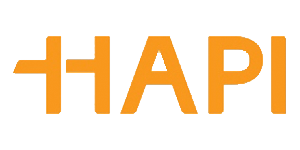A política de disseminação informacional do Inep
Abstract
Diante dos imperativos impostos pela sociedade do conhecimento, faz-se necessário que os centros de informação deixem de ter o papel de repositórios da informação, para se tornarem intermediários do novo modelo informacional estatal, caracterizado pelo uso de tecnologias de informação (TI). Nessa perspectiva, a nova política informacional do Inep fundamenta-se nos conceitos de interatividade, integração, segmentação, customização, ontologias e inteligência artificial, para o tratamento, armazenamento e disseminação das informações educacionais, visando maximizar a satisfação do usuário. Palavras-chave: sociedade da informação; tratamento da informação; novas tecnologias; centros de informação. Abstract In face of the imperatives imposed by the society of knowledge, it is necessary that the centers of information stop playing the repository role of information, so that they intermediate the new informational state model, characterized by the use of technologies of information (TI). In that perspective, the new informational politics of Inep is based on the concepts of interactivity, integration, segmentation, customization, ontologies and artificial intelligence, for the treatment, storage and dissemination of the educational information, seeking to maximize the user´s satisfaction. Keywords: society of information; treatment of information; new technologies; centers of information.Downloads
Download data is not yet available.
Published
01-06-1999
How to Cite
CENTRO DE INFORMAÇÃO E BIBLIOTECA EM EDUCAÇÃO, C.-. A política de disseminação informacional do Inep. Brazilian Journal of Pedagogical Studies , v. 80, n. 195, 1 Jun. 1999.
Issue
Section
CIBEC
Once their work is accepted for publication, author’s copyrights are automatically relinquished to the National Institute for Educational Studies and Research Anísio Teixeira (Inep).
Since 2016, the journal Revista Brasileira de Estudos Pedagógicos (RBEP) uses the licence CC-BY.
Partial or total reproduction of the content of this Journal is permitted provided that the original publication is properly referenced, as well as a link to license CC BY 4.0 and to indicate any possible alterations made to the article.




















